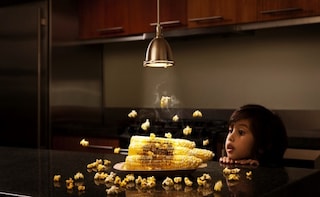Study unravels physics of kernel - water contained in the shell rapidly escapes as steam under heat, making the corn 'pop'
Advertisement
Advertisement
For the latest food news, health tips and recipes, like us on Facebook or follow us on Twitter and YouTube.
Advertisement
Tags:
